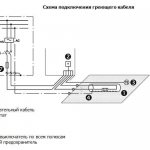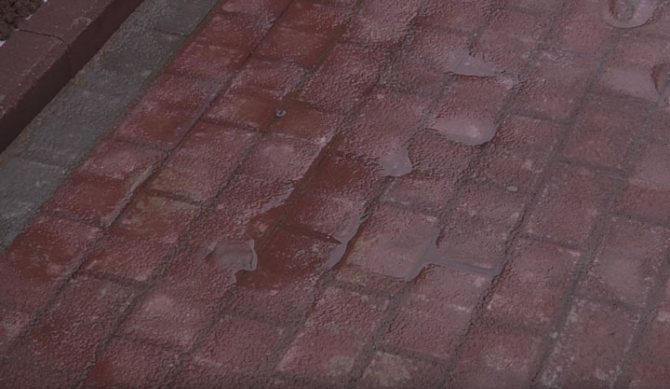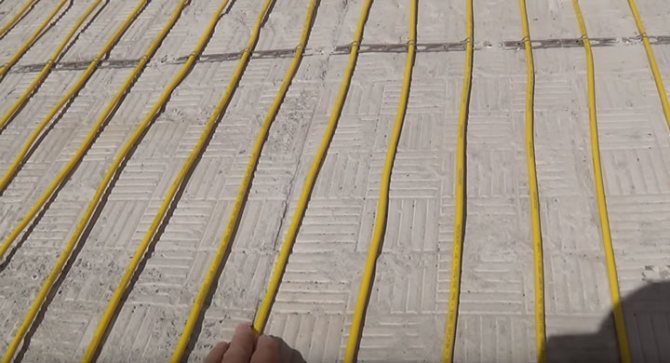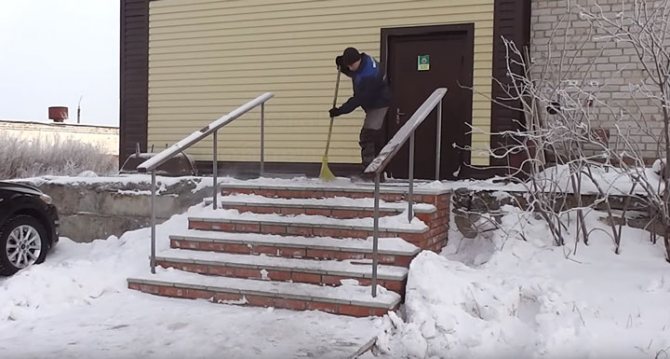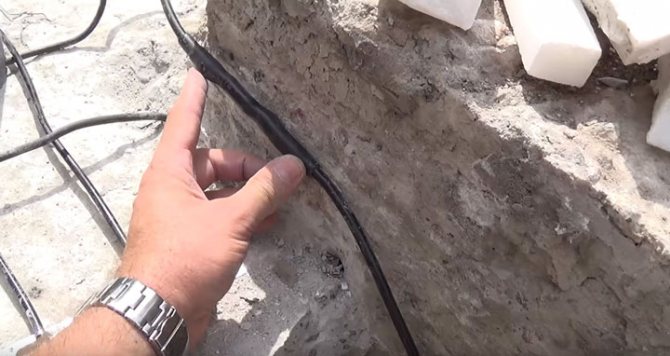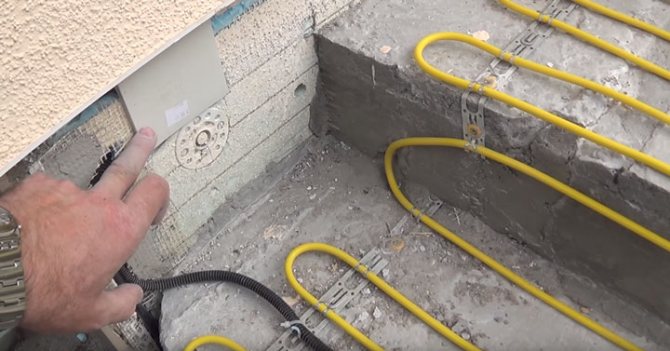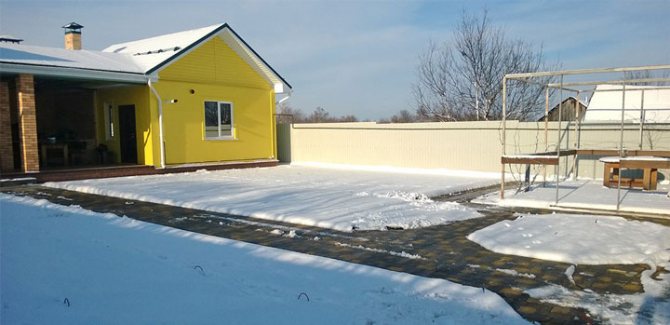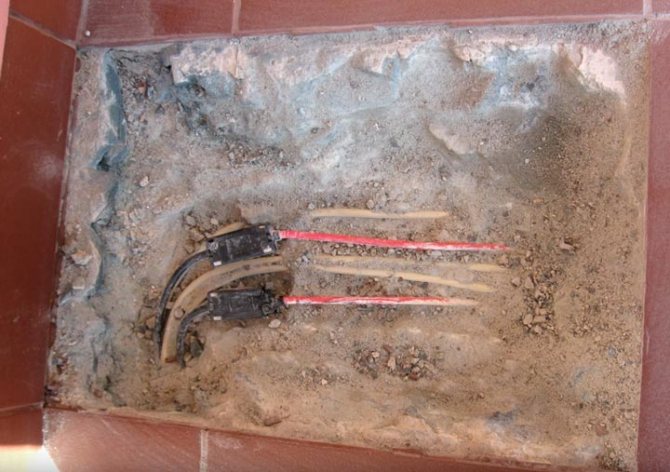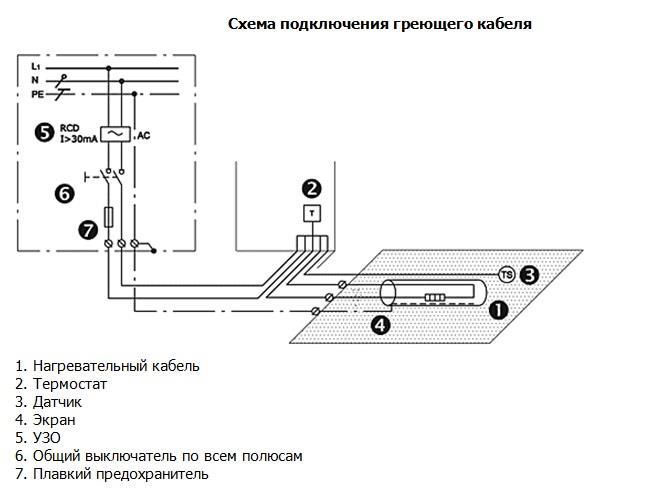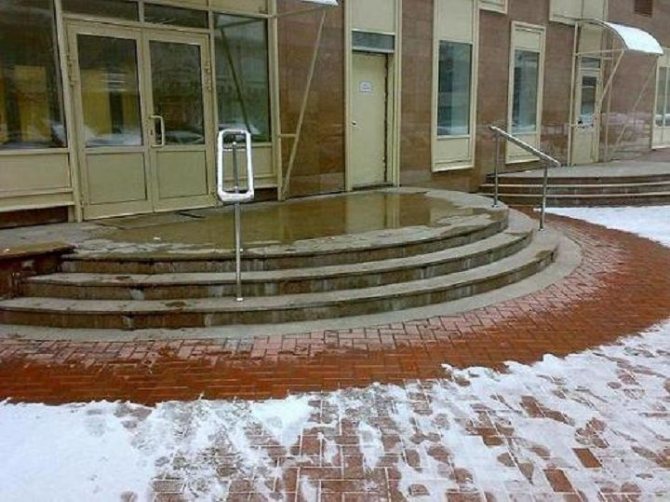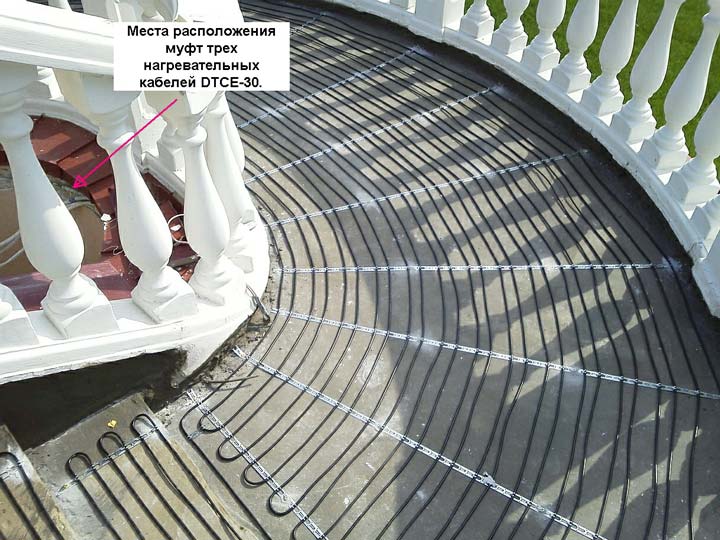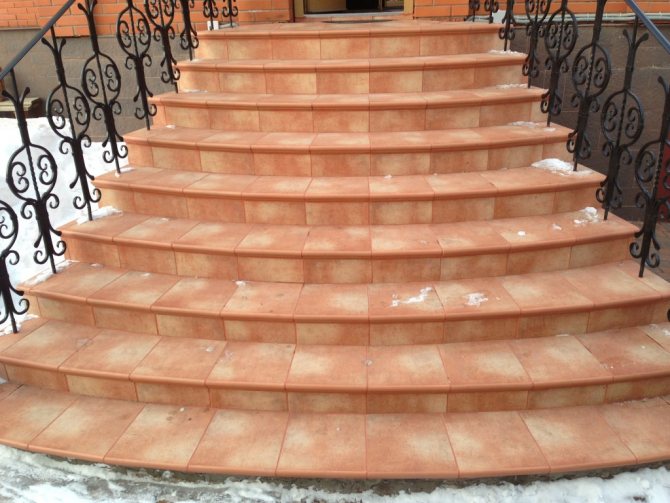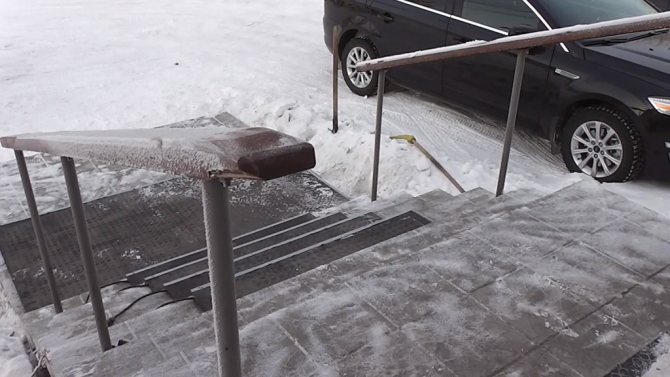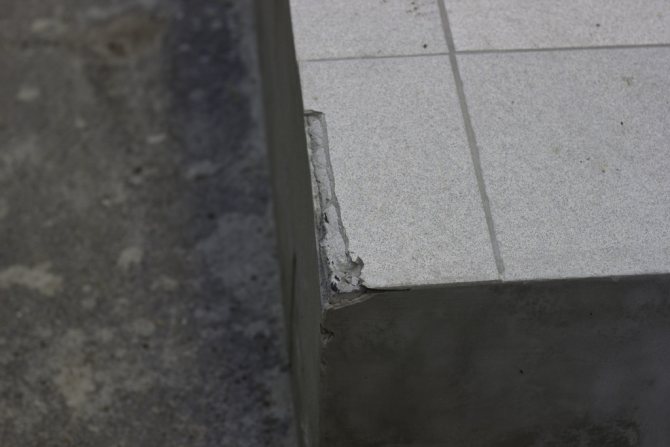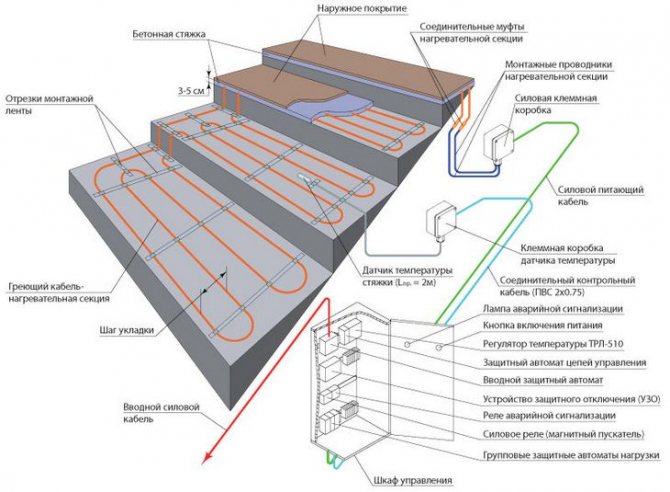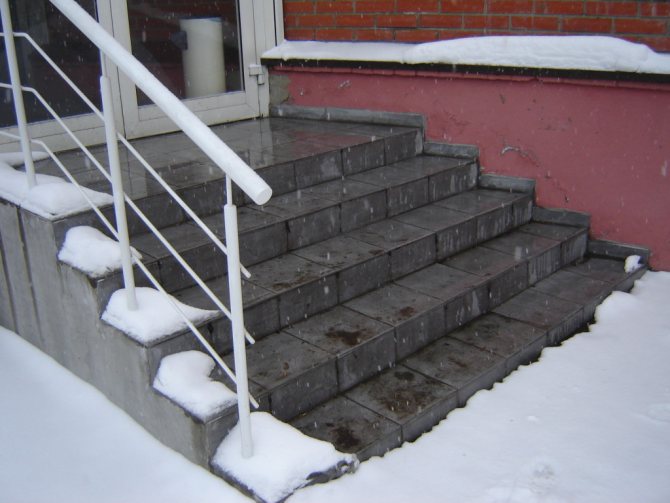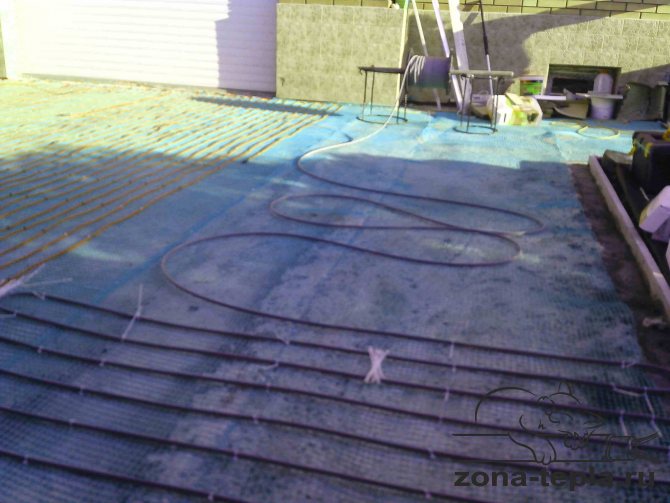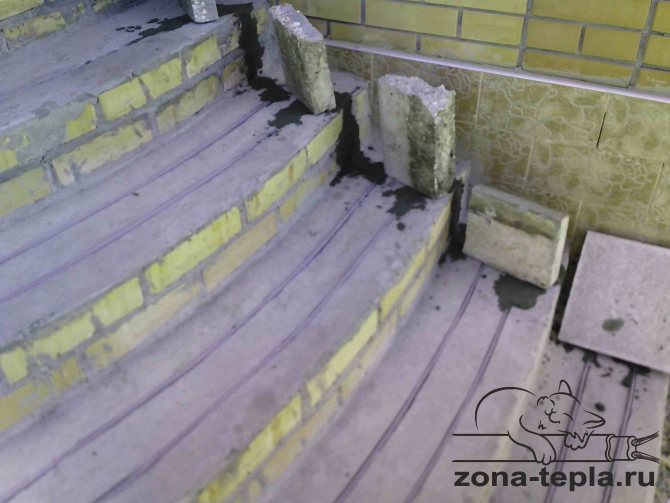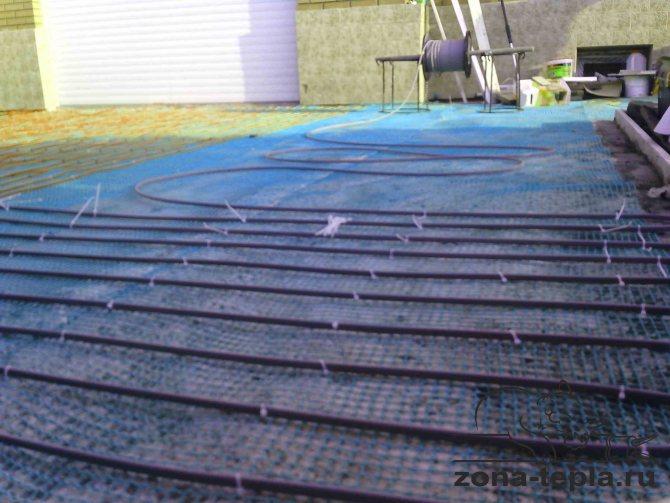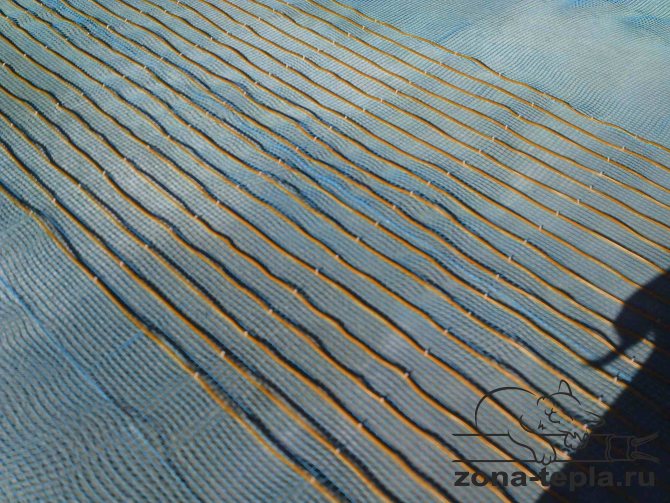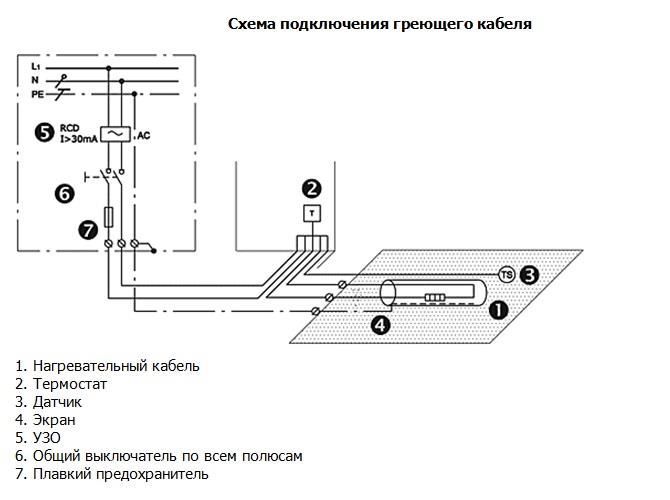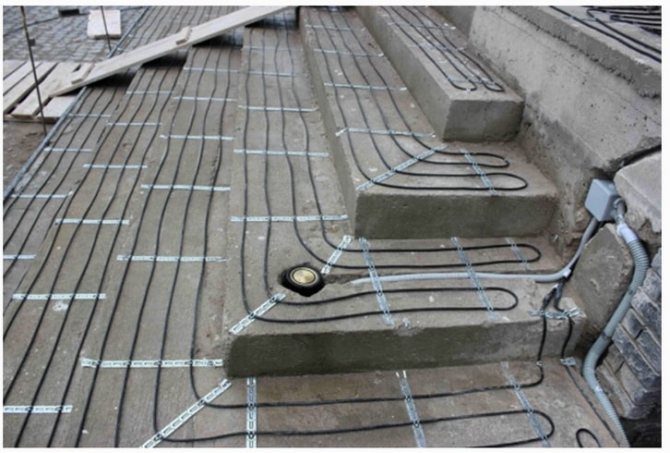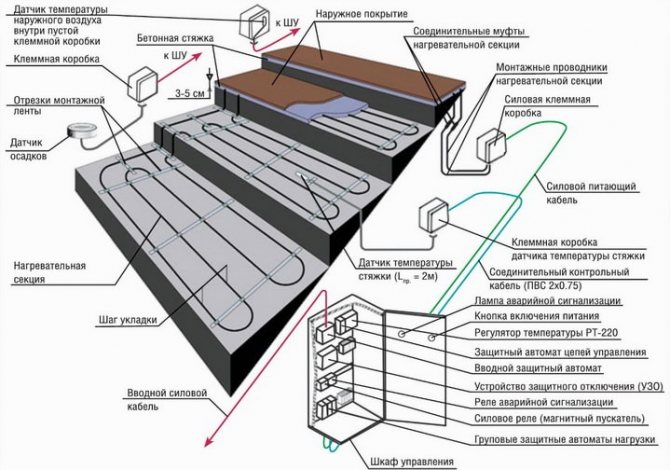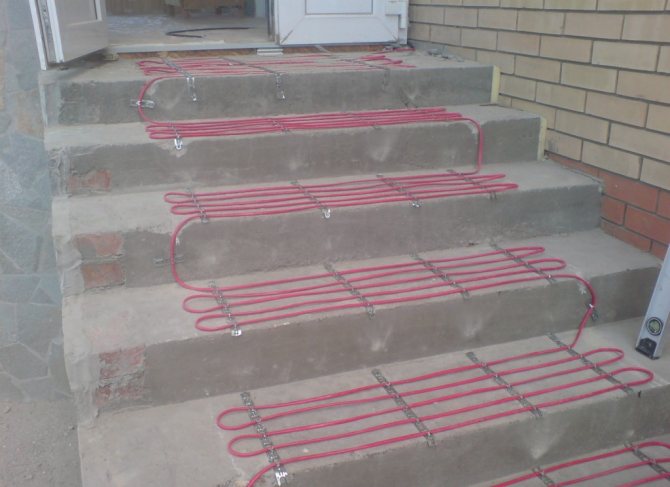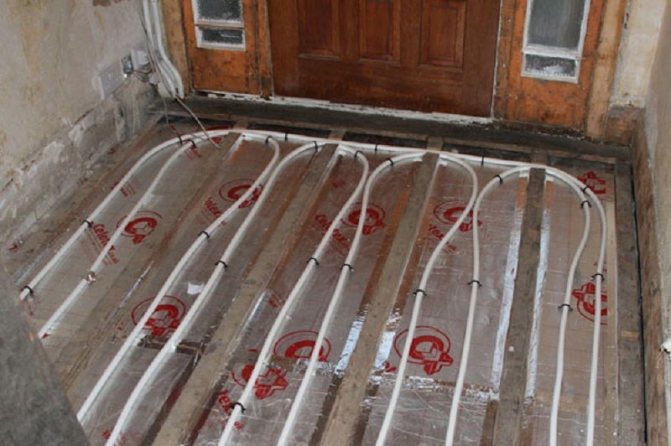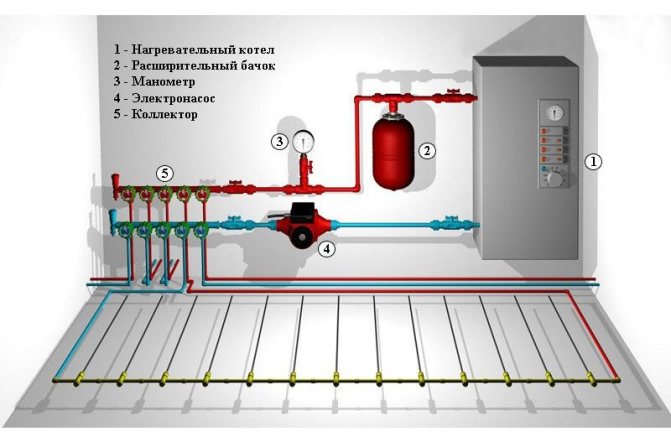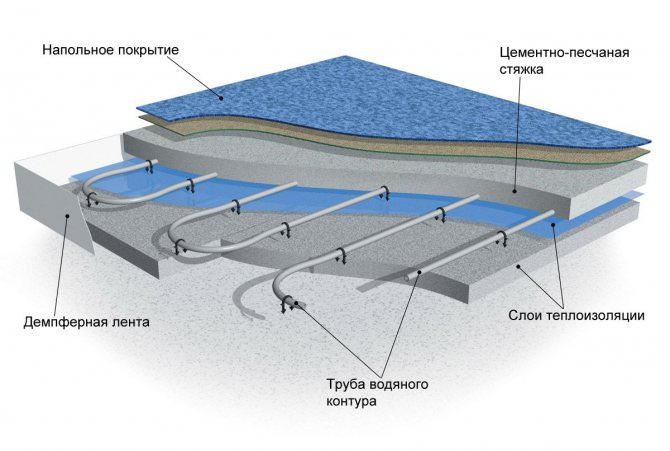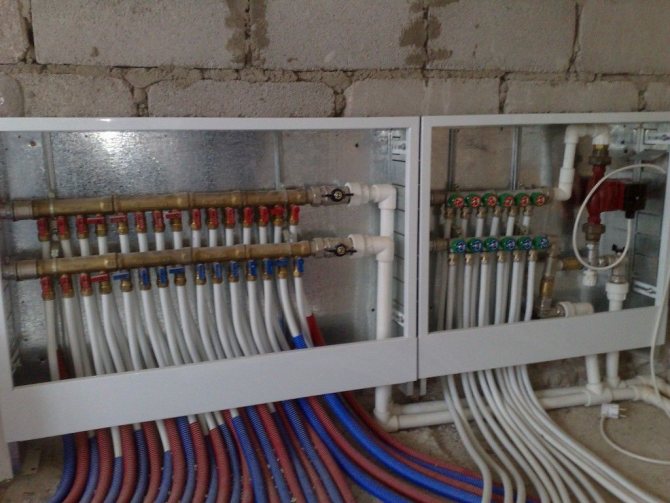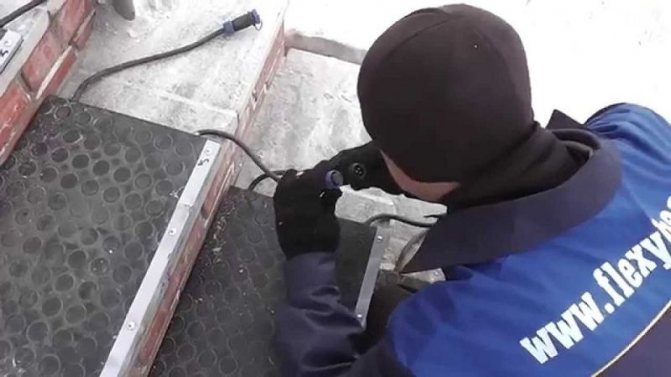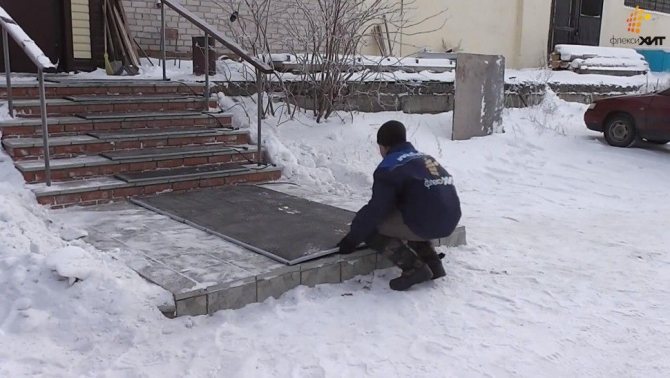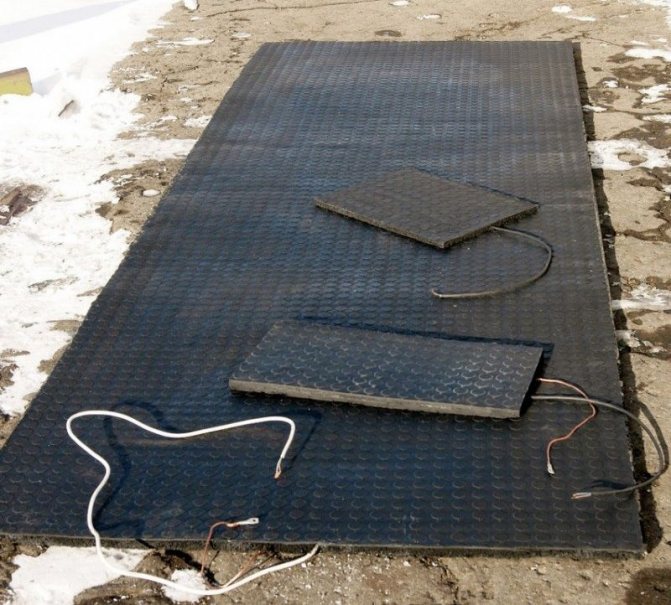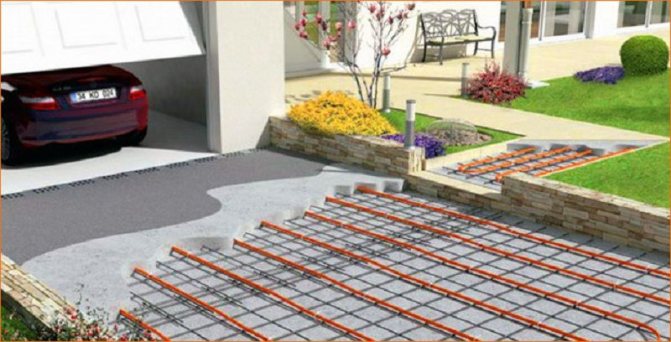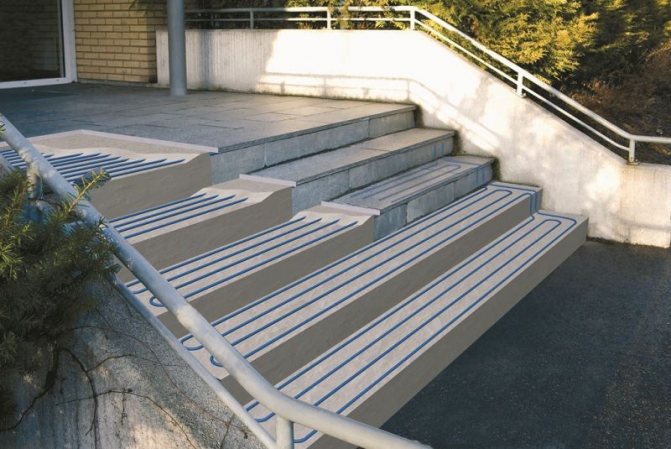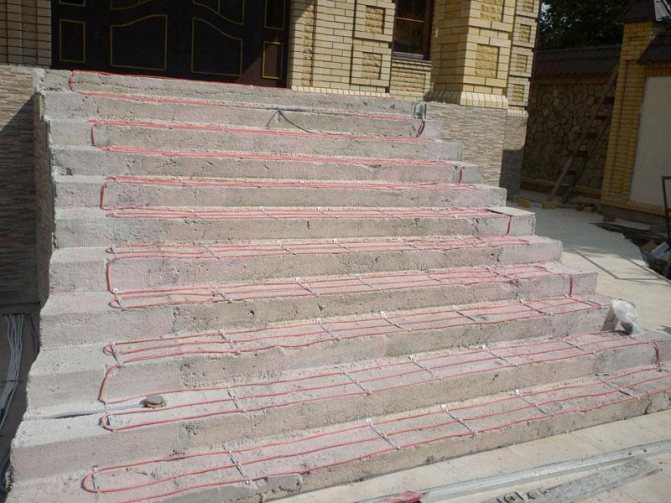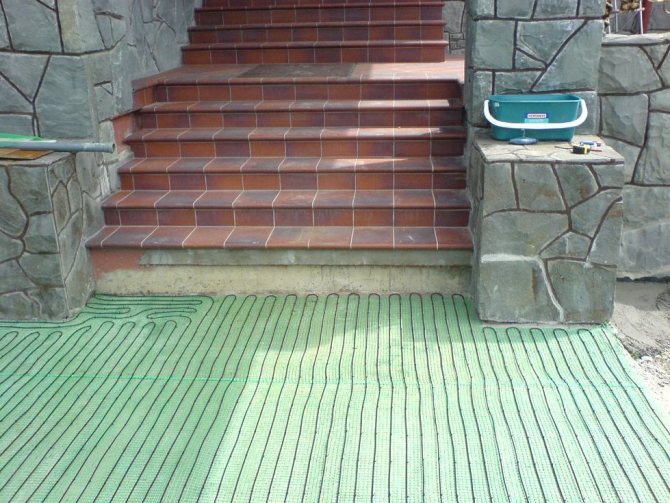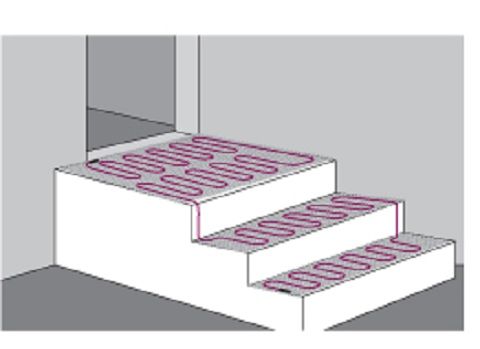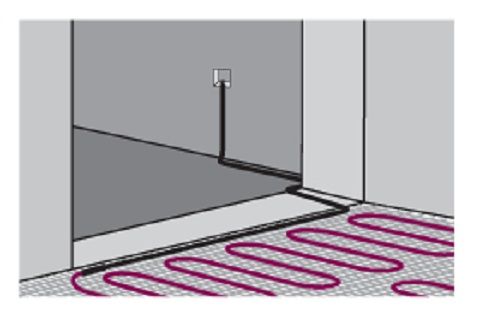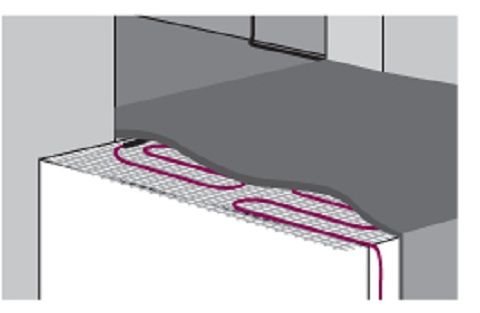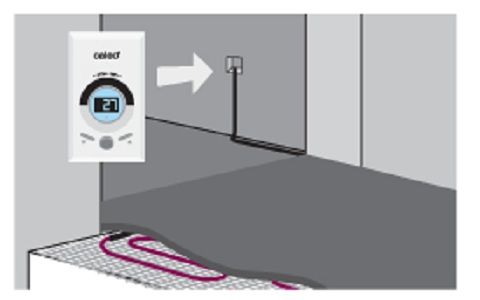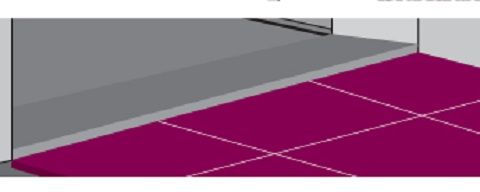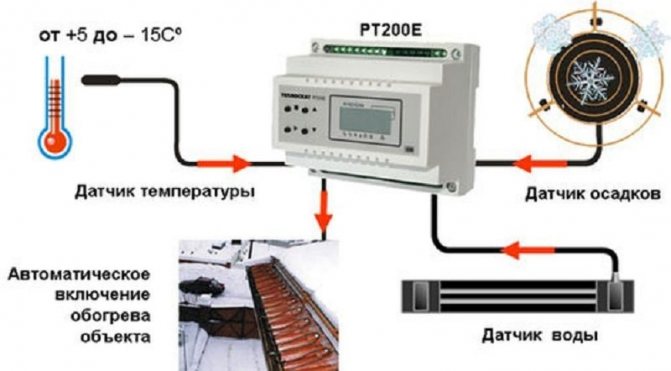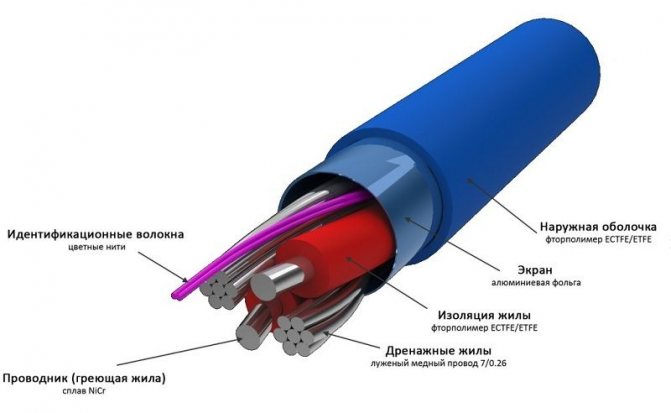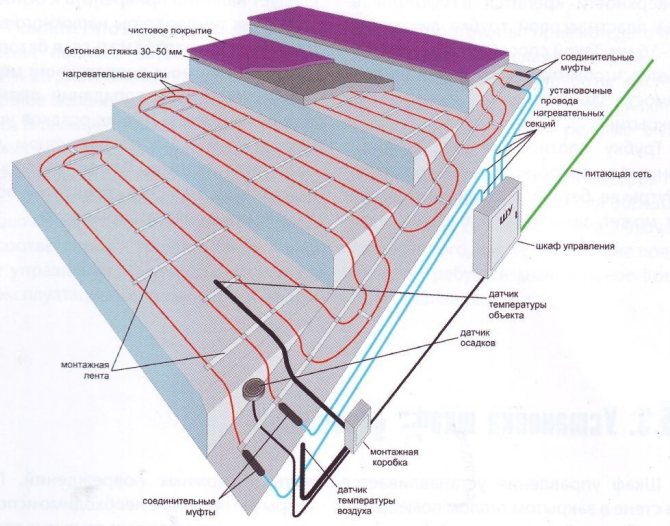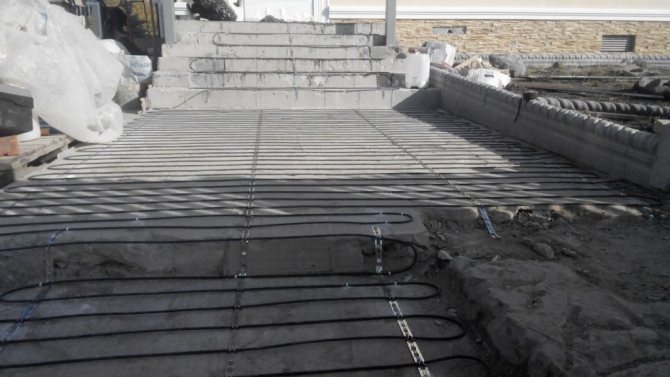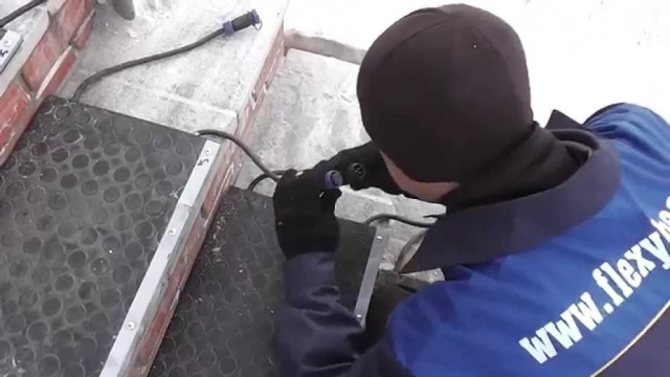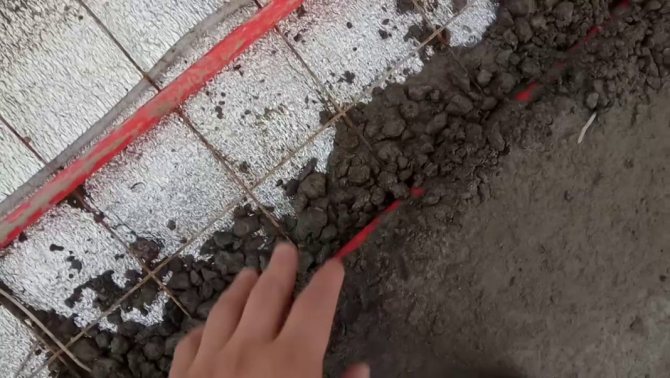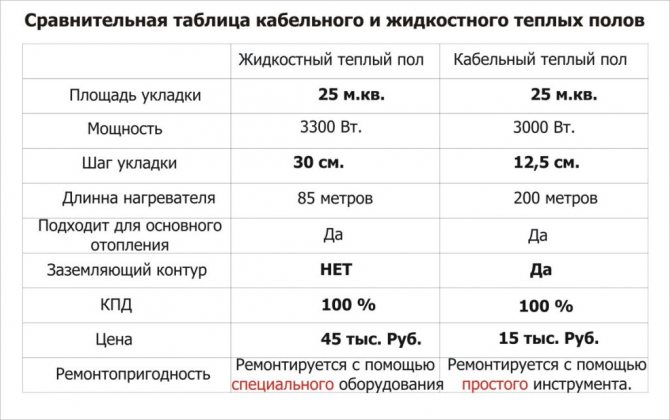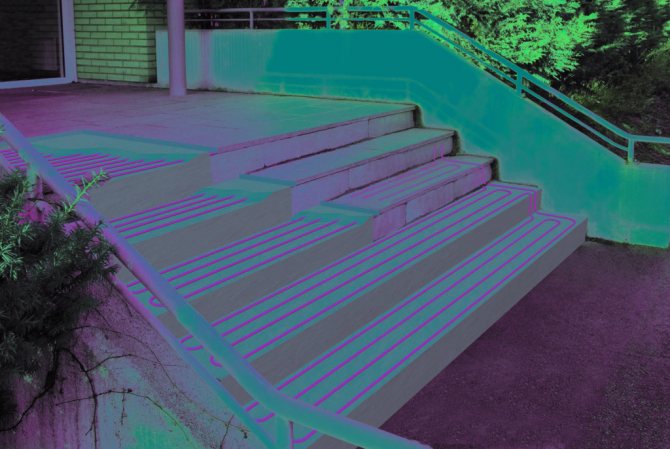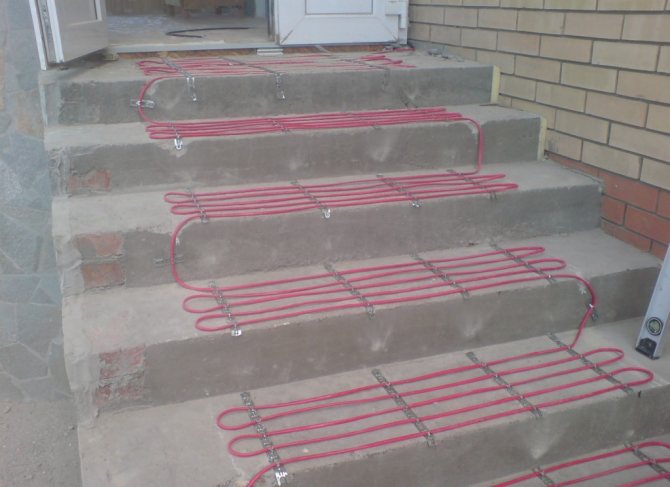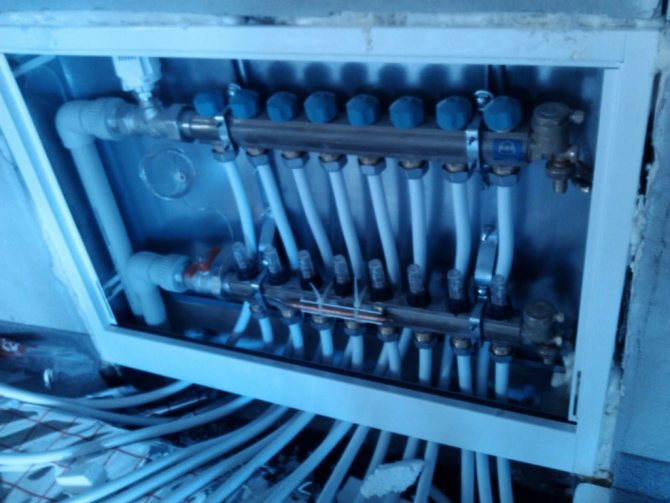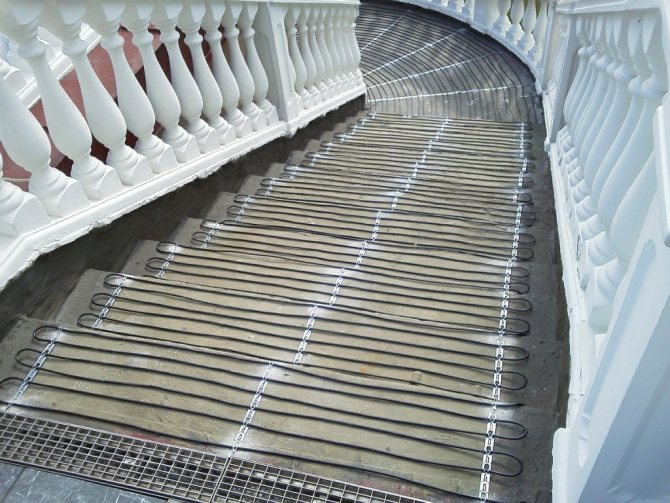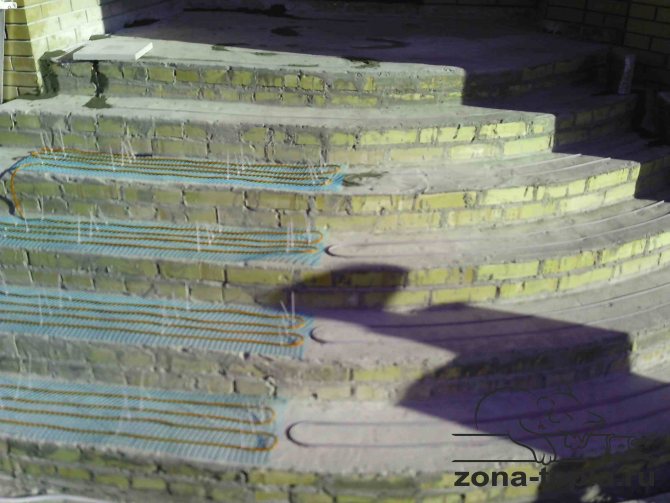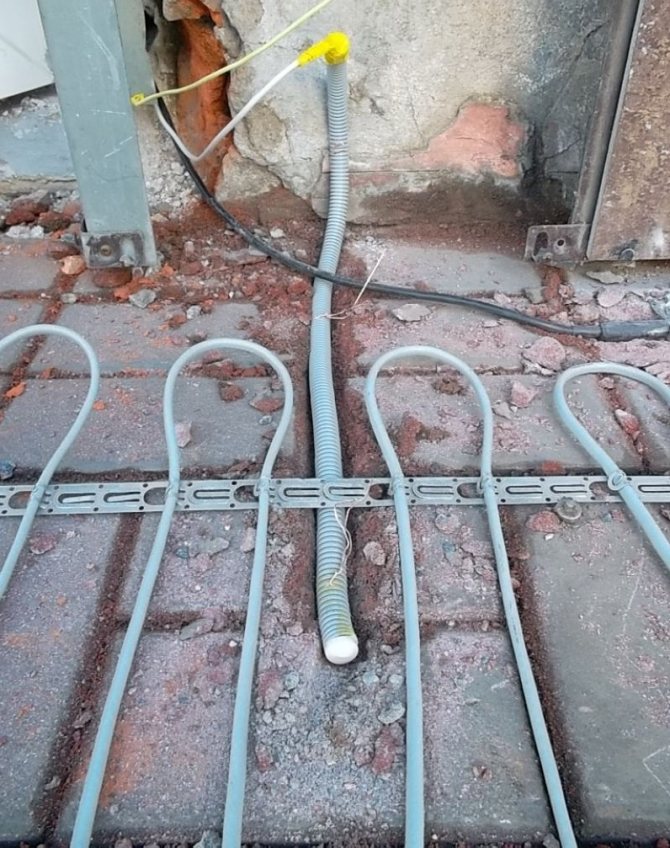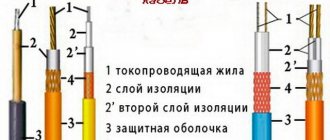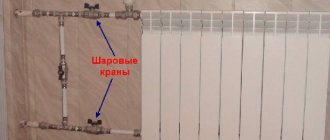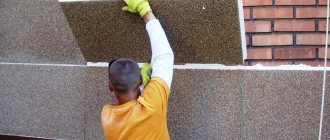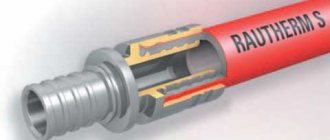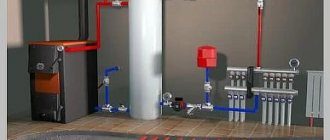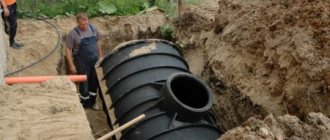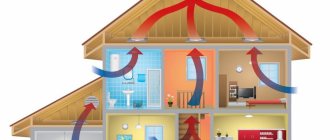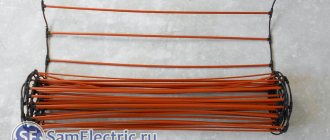Not only the owners of country houses, but also city dwellers are familiar with the problems that arise in winter with a sharp drop in temperature after a thaw. Especially traumatic are the steps in the entrances of residential buildings or other frequently visited institutions.
Not everyone will decide to take the icebreaker and knock the ice off the expensive covering of the steps, because the probability of its damage is high. Not everyone wants to leave the entrance and get into a puddle of melted ice from chemical reagents.
Therefore, most developers began to solve this problem using modern anti-icing technologies - built-in heating of street steps.
Types of thermal methods
At the moment, there are several methods that make it possible to equip external stage heating:
- the most common option is a heating cable;
- less common type is «water heating;
- a relatively new way is outdoor heating with thermomats or infrared lamps.
As you can see, all known methods of arranging underfloor heating inside buildings have been adapted for outdoor heating structures, making them more resistant to harsh weather conditions.
When choosing a heating method, you should focus on the following indicators:
- average temperature indicators in winter and the amount of precipitation;
- porch dimensions and step parameters;
- under what cover the installation will be carried out.
Heating selection
If you decide to arrange such a heating system, you need to decide on the choice of the type of underfloor heating. Installation of such options is possible:
- Cable electric heating systems - used in small areas, for example, to melt snow on a porch, sidewalk, small area near a house or shop. Installation of electric heating tiles is cheaper, but you will have to pay more for electricity.

Heating cable connection diagram - Warm water floor is used to heat large areas. The use of hot water heating is considered a more economical option, apart from the costs of installing the system as a whole.

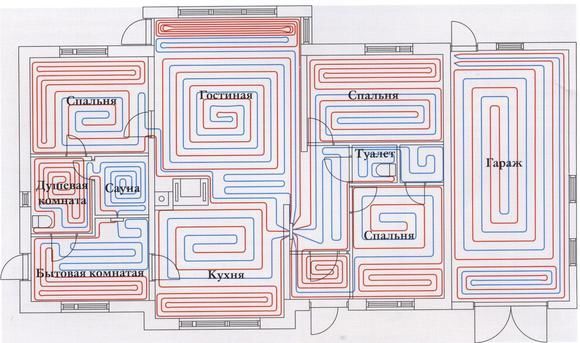
Laying a water-heated floor over a large area
For both systems, there are general rules for the arrangement of the base for laying cables, thermos or pipes.
Installation of underfloor heating on the street
Heating cable
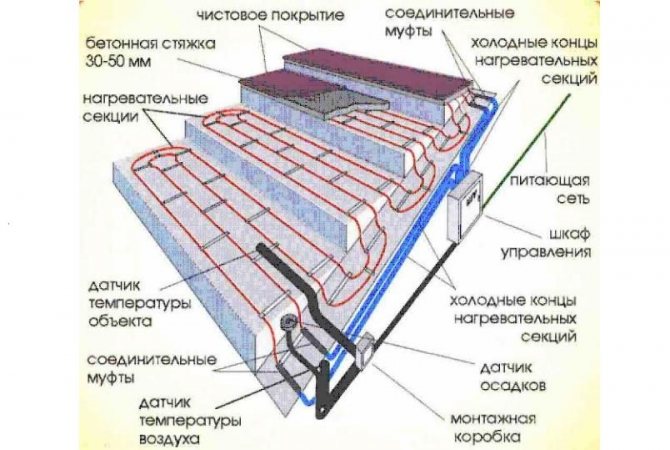

Click to enlarge
Such a system can be mounted both under a concrete base and under a tiled masonry.
There are two popular types of this heating - rubber cable and cable mat.
They became widespread due to the ease of installing the cable for any finish, ease of use, and the availability of elements for the system.
This system consists of the following basic elements:
- The heating system is the main part, which is represented in most cases by a self-regulating heating cable or, less often, a resistive heating option.
- Distribution group - covers electrical boxes, adjustment equipment, fasteners.
- Control group - temperature sensors and thermostats.
Experts call the optimal version of such a system a heat-resistant resistive heating cable for anti-icing of outdoor areas, which can be mounted even under paving stones.
Methods for heating a street porch
It is advisable to choose and think over any of the options described below at the stage of designing a house, or at least attaching a porch to it.Because heating the porch on the street will require an increase in the power of the input electric cable, combining the system with in-house communications, connecting to them, etc.
Upgrading an existing porch is more difficult, but also possible. How to make a warm porch to the house correctly, will tell and show the video in this article.
Water heating
Water heating of outdoor areas involves the laying of thin tubes filled with non-freezing liquid along them, followed by pouring the surface with concrete.
Note. Since the layer of cement-sand screed must be strong enough to ensure the integrity of the pipes, the level of the site in front of the entrance door increases significantly. And if the door is already installed, this method may not work for you.
Having chosen such a heating system, you will have to take care of purchasing a pump and a heating boiler. Or about replacing it with a more powerful one, if the water heating of the house already exists and is being operated. Plus, it will be necessary to constantly monitor the volume of fluid and pressure in the system.
In general, water heating of the porch steps is the most expensive in terms of materials and installation. It makes sense to choose it only if water heating is also planned in the house itself, and from a gas boiler.
Infrared heating
In order to quickly and without serious physical effort get a warmed porch, you can lay thermomats on it. These are rubber mats, plates or sections of different shapes with an infrared heater inside. They can be bought ready-made, or ordered to be made according to your size.
All sections are connected to each other with special connectors with their own hands, without using any tools. Each element is equipped with two cables with such connectors - one works for the input, the second for the output. They can be placed in boxes or left to lie at the edges of the steps.
The benefits of this option include:
- Installation speed;
- Relative cheapness (about 7000 rubles / sq. M.);
- Economical operation;
- Ease of dismantling for the warm season.
There is also a drawback: rough black coatings hide beautiful steps under them, depriving the porch of its visual appeal. But they can be kept in reserve for use in emergency situations for a short time.
Heating cable
According to experts, this is the best way to make warm steps on the porch. And not only the steps: the heating cable can be installed on the platform in front of the porch, on the path leading to it, and at the entrance to the garage. The main thing is that there is a power source somewhere nearby.
As you can see, the cable is laid on the heated surface with a snake, with a pitch between turns from 4 to 10 cm and is fixed with metal plates.
Advice. It is much more convenient to use ready-made mesh mats with a heating cord attached to it.
The installation instructions look like this:
| Schematic image | Description |
| A heating cable is laid on horizontal surfaces in a continuous wavy line. |
| The end is brought out of the porch and connected to the mains through the thermostat. After that, its performance is checked. |
| After checking the resistance, a tie is poured over the cable, fixing it in a given position and protecting it from mechanical damage. It is necessary to ensure that the screed is obtained without voids. |
| After pouring the solution, you need to wait for it to dry completely, and then make sure again that the system is working. |
| If everything is in order, you can tile the heated porch with porcelain stoneware, clinker tiles or other material. |
It is important.A heating cable intended for applications such as heating porch steps or other open areas must be resistant to low temperatures, sunlight and precipitation. Another mandatory requirement is high mechanical strength.
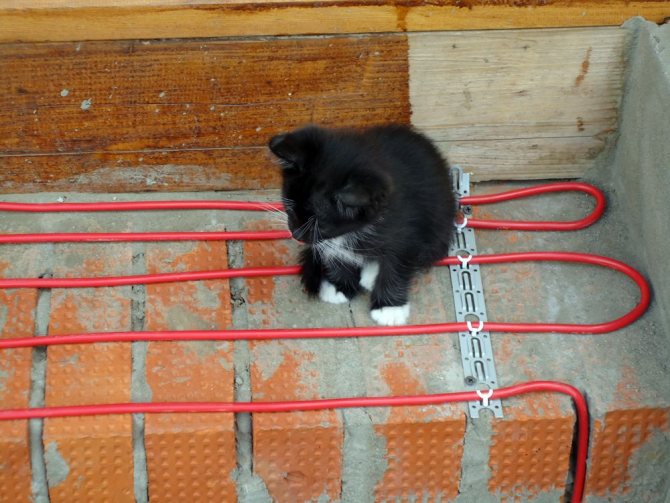

Electrical safety is an important condition when choosing a cable
When deciding how to insulate the porch, you can choose two options for adjusting and controlling the system - manual and automatic.
- Manual control implies that you yourself will turn the system on and off as needed. This will have to be done after snowfalls and when the air temperature outside is from zero to minus 7-10 degrees - it is in this temperature range that ice forms. In severe frosts, if the porch was initially dry, it is not necessary to heat it, since it does not snow at this temperature.
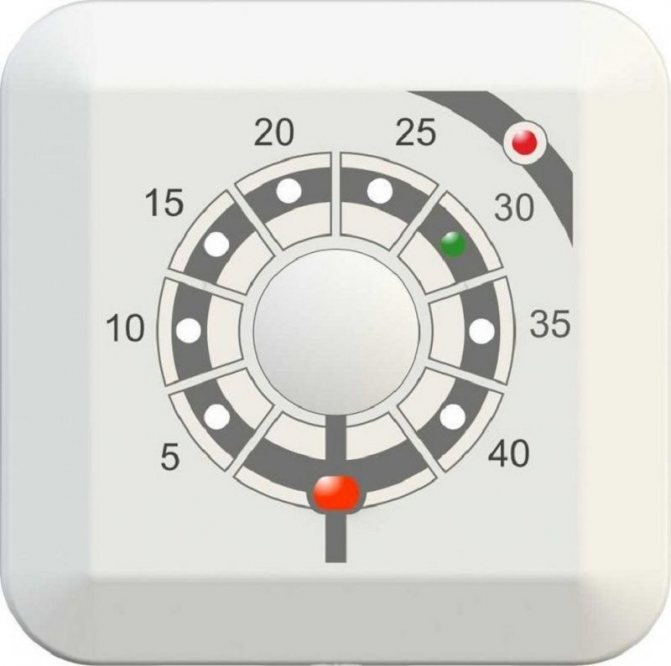

Thermostat for manual control
Advice. Wanting to save money, you can plug the cable into the network only at night when the air temperature drops. This is especially true for owners of two-rate meters with a small night rate.
Automatic control is carried out using an anti-icing system, which includes thermostats, temperature and humidity sensors, junction boxes, protective and control valves.
The heating part of the system can consist of a resistive (constant power) or self-regulating (variable power) cable.
Automatic control is much more convenient than manual control. It allows you not to constantly monitor the weather, temperature and humidity. All indicators from the environment are transmitted by sensors to a thermostat, which regulates the heating power, turns on or off the heating system.
The easiest way is to buy a ready-made kit, and mount it according to the instructions, and not select all the adjustment and control elements yourself.
Heat transfer fluid circuit
This system is analogous to the construction of water floor heating in a room.
The process of installing such a system is more difficult, because it is planned in advance and is carried out during the construction of the building.
This is due to the fact that this type is connected to common sources of heating at home. The larger the heating area, the more effective this particular method is considered.
A circuit with a heat transfer fluid, as a system, has the following structure:
- pipelines for fluid movement;
- a heating boiler, which is a heat source;
- pump;
- control sensors and fasteners.
Features of installing a water floor
Water heating under the tiles is mounted from a piece of pipe, which is filled with liquid and connected to the heating system of the house. It is recommended to fill the system with a liquid that freezes at very low temperatures, which is an additional guarantee that the system will not burst at very low temperatures. And at the same time it increases its value.
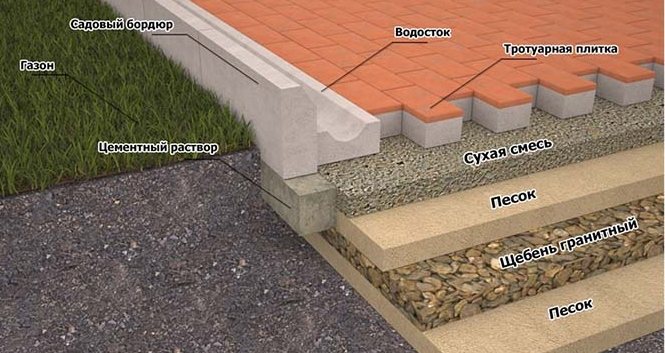

Pie for installing a water-heated floor on the street
Installation of the base is no different from laying electric heating in the ground. Water heating under the tiles has some nuances:
- It is more expensive to install water heating than electric heating, because you need to buy a boiler, pipes, and a water pump. Such heating will be much cheaper if you connect it to your home system.

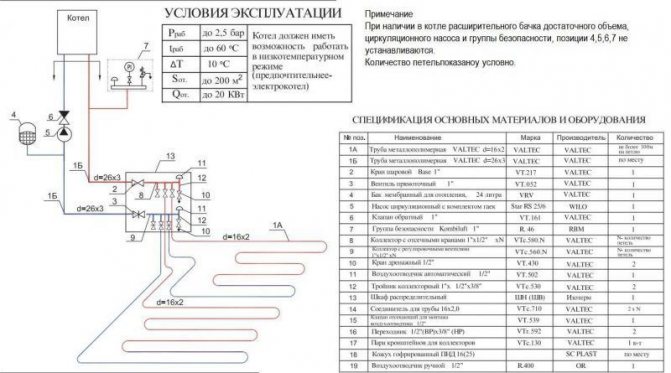
Wiring diagram for connecting a water-heated floor to the boiler - You can skip the antifreeze in the pipes if you are confident that the system will function smoothly.
- The liquid cools quickly, especially when heating a large area, perhaps in severe frosts, the effect will be minimal, and the heating will have to work constantly.
- Due to freezing of the soil in severe winters, it is necessary to provide for effective thermal insulation of pipes.
- During operation, water heating is more economical than electric.
To ensure energy savings, it is required to install additional equipment in the form of thermostats, programmers and RCDs. You can cope with all this on your own, but it is better to rely on the help of a specialist.
Infrared devices
Thermoelectric mats are also quite popular and effective type of outdoor staircase heating.
A carbon film placed on a heat-insulating base is the heating part of the system.
For greater safety, the base is covered with an additional shielding layer. The second layer is reflective, which is responsible for the distribution of heat fluxes.
Thermomats are small, separately located sections that are located inside a moisture-proof coating. They are equipped with thermostats.
Also, infrared lamps can be used as a method of heating and lighting. But this option is quite costly.
Where to use outdoor heating
In addition to heating the porch and steps, such systems can be equipped with:
- roofing to prevent icicles on the roof;
- a playground on the street - for example, in front of your house;
- parking areas or area in front of the garage;
- floors in garage, basement and other cold rooms.
Wherever you use the heating system, please note that an anti-slip cladding material must be used with it in order to avoid slipping and injury when the snow melts. You can purchase a special coating, which will be especially needed for coatings made of natural stone or porcelain stoneware.
You can ask your question to our author:
Installation of heating systems
The most popular ways to decorate a porch is to pour the screed and tiling with a certain type of tile. How is the installation of heating in these cases.
At the first stage, a complete preparation of the surface should be carried out, which must be leveled and cleaned.
At the second stage, the selected type of heating is laid, which, subsequently, is fixed with mounting tape or fasteners. This process requires special attention and care so as not to damage the heating elements.
At the third stage, the cement screed is directly poured. During the preparation of the solution, it is necessary to avoid the formation of seals in the mixture, which ultimately can lead to the formation of air cells inside the screed, which will reduce heat transfer, or deformation of the cable.
The fourth step is to install sensors and control systems.
Installation of heaters under the tiles
If you decide to use tiles as a facing material, then the method of installing the heating of the porch steps is slightly different from the one described earlier.
- We prepare the surface, if necessary, we use wedges for laying the tiles.
- We lay and fix the porch heating system in the same way as in the previous case.
- We fill up the completely laid heating with sand.
- We lay the tiles.
With this method of laying the heating, there is no need to wait 30 days. You can start using the system right away.
Sergey Yurievich
Construction of houses, outbuildings, terraces and verandas.
Ask a Question
Whichever heating option you choose, any will be of sufficient quality and will not only bring safety to you and your loved ones, but also significantly extend the service life of the facing materials.

